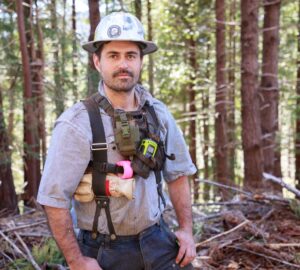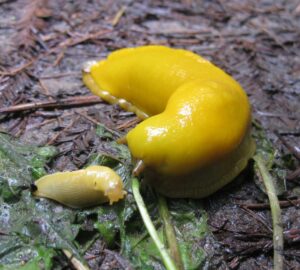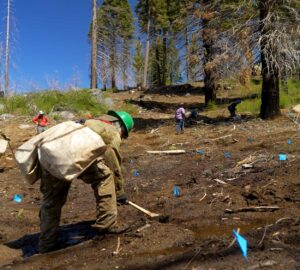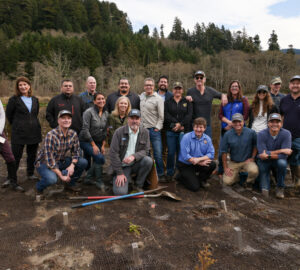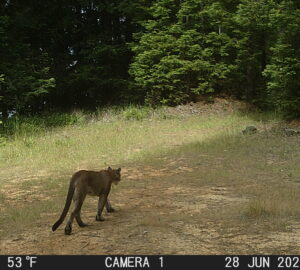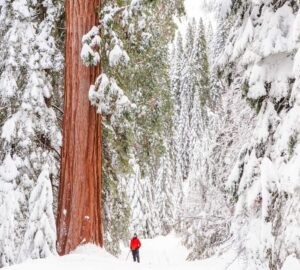From condors to coho, landmark federal act protects redwoods wildlife
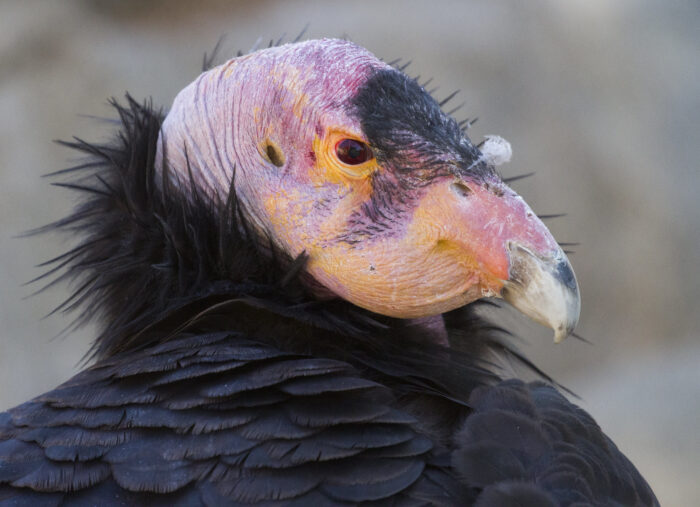
Oil prices were skyrocketing. Gerald Ford was stepping into Spiro Agnew’s tarnished VP shoes. The Exorcist was nominated for Best Picture. Such was the national landscape on December 28, 1973, when President Richard Nixon signed one of the country’s most impactful pieces of environmental legislation into law.
Building on prior legislation, the Endangered Species Act of 1973 recognized that many of the nation’s treasured plants and animals were in danger of extinction and created a framework for their preservation. The act directed two federal agencies—the U.S. Fish & Wildlife Service and the National Marine Fisheries Service—to protect and recover these imperiled species and the ecosystems upon which they depend (emphasis ours).
Powerful (yet polarizing) protection for wildlife
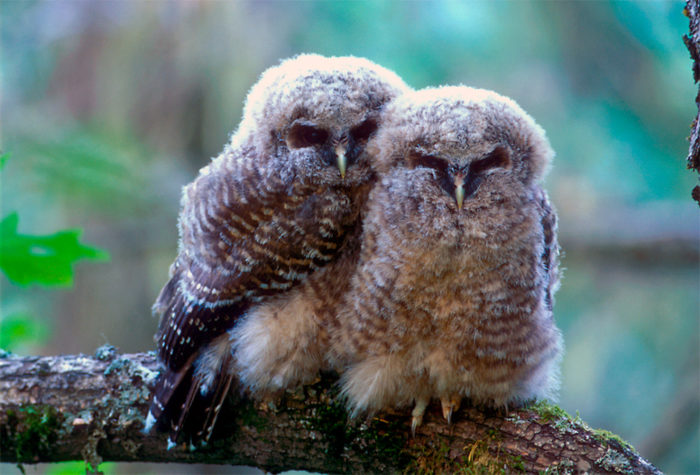
Over the past 50 years, the Endangered Species Act has proven an incredibly powerful tool for wildlife conservation. Despite heated controversy, the ESA’s success is undeniable. Of the species listed as endangered or threatened, an estimated 99 percent survive today. Some, including the American bald eagle, grizzly bear, and humpback whale, have made remarkable comebacks thanks to federal protections.
Currently, coast redwoods and giant sequoias are not listed as endangered species, despite the existential threat to giant sequoias posed by wildfire and climate change. Yet many animals and plants that depend upon the redwood forests fall under ESA protection. In safeguarding their habitat, the Endangered Species Act has helped safeguard the redwood forests. And for that, we’re grateful.
Here’s a look at more redwoods species the ESA has taken under its wing:
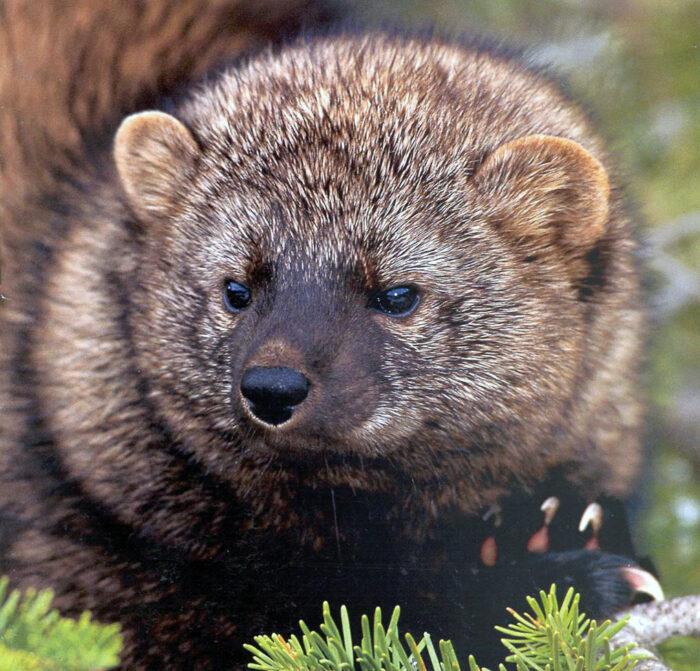
Pacific fisher
A member of the weasel family, the Pacific fisher thrives in many parts of the United States. Yet the southern Sierra Nevada population is endangered by climate-driven wildfires and habitat loss, with fewer than 400 Pacific fishers living in the giant sequoia forests of the southern Sierra.
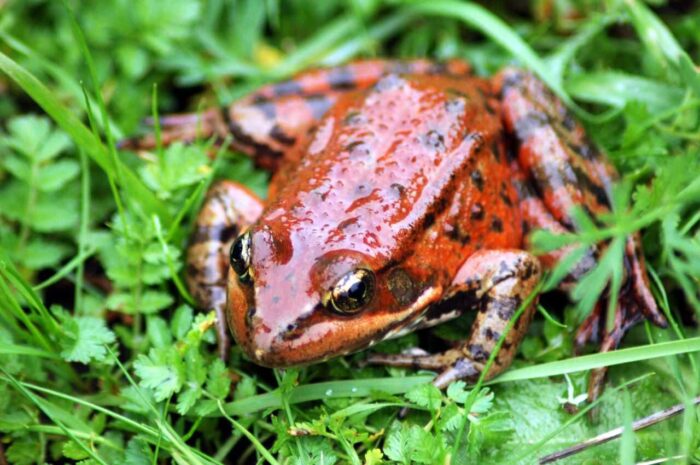
California red-legged frog
Mark Twain made the California red-legged frog famous with his short story, “The Celebrated Jumping Frog of Calaveras County,” yet their numbers have declined precipitously since Twain penned his tale in 1865. Some good news: These threatened amphibians are making a comeback in Yosemite National Park, where ecologists began releasing adult California red-legged frogs in 2017.
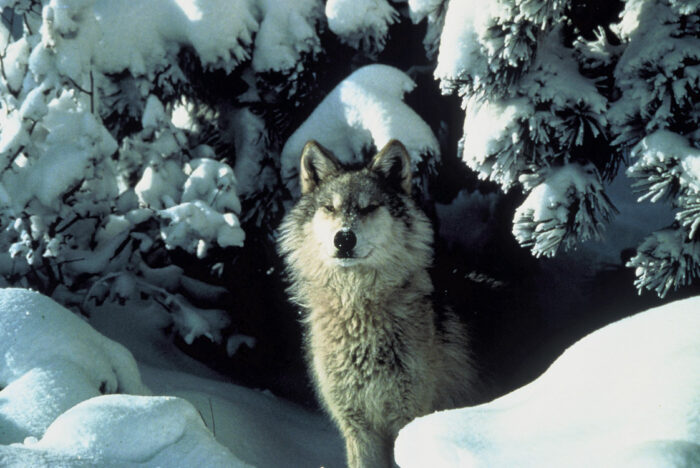
Gray wolf
Big news in 2023: Officials discovered a new gray wolf pack in Sequoia National Forest that includes a mother wolf and her four cubs. This keystone predator had been extirpated from California in the 1920s, but a limited number of gray wolves have migrated back to their historic range, which include the Sierra’s giant sequoia forests.
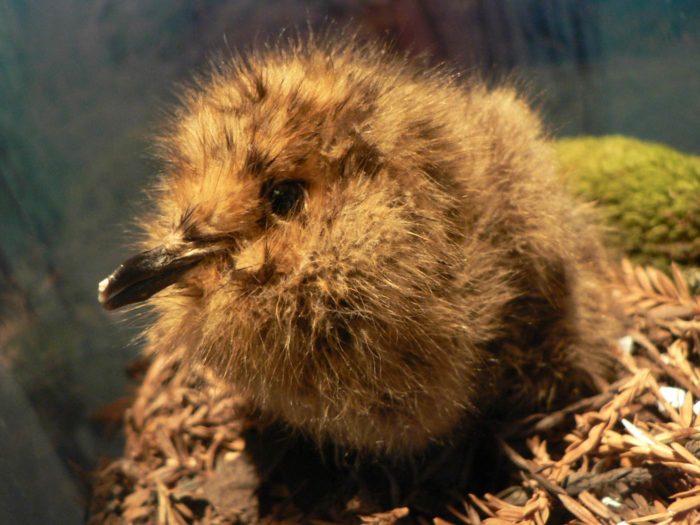
Marbled murrelet
Marbled murrelets are threatened seabirds that nest in old-growth trees including coast redwoods. For years, their nesting habits were a complete mystery, until a fuzzy murrelet chick was spotted high in the canopy in Big Basin Redwoods State Park in 1974. Though wildfires burned through most of Big Basin in 2020, marbled murrelets there have made an amazing recovery.
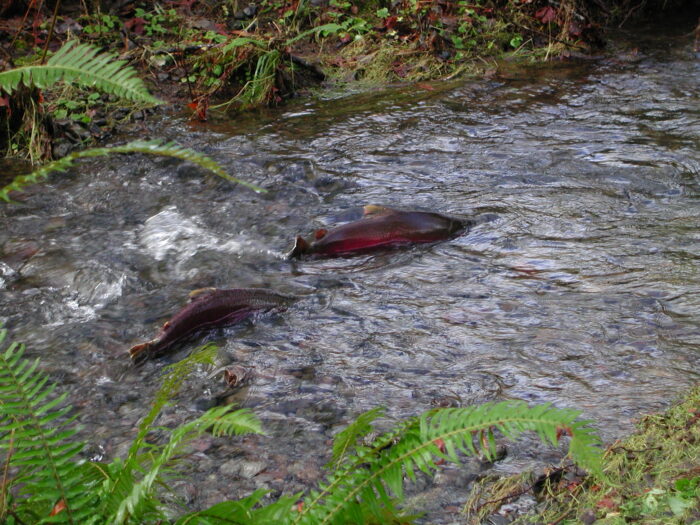
Coho salmon
Coho salmon are a threatened species across the Pacific Northwest, with populations along California’s central coast listed as endangered. Coho spend most of their life in the ocean, but return to the freshwater streams of their birth to spawn. Towering redwoods shade these streams and their root systems prevent sedimentation, creating the clear, cold waters that spawning salmon require.

